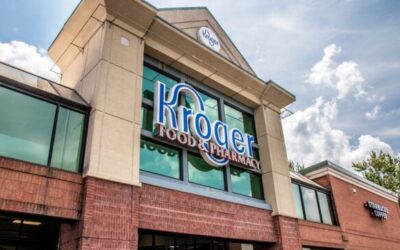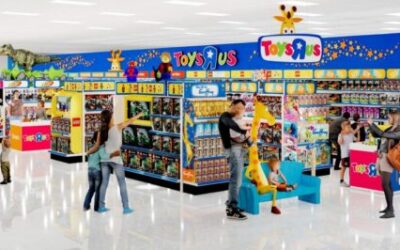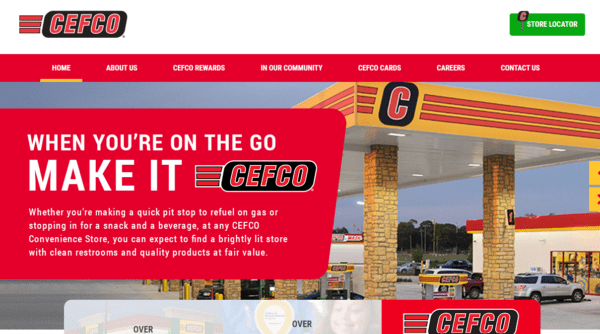Challenges Faced by Emerging Brands in the Retail Industry


In strong economic times, smaller, newer brands — otherwise known as emerging or up-and-coming brands — have one thing in common: access to capital. This accessibility has historically allowed emerging brands to scale their businesses, gain widespread distribution and seamlessly find their way into consumers’ hands.
Fast forward to current conditions and the macroeconomic downturn. Access to capital has become much more challenging, prompting emerging brands to reevaluate their business models and adopt a more cautious approach to spending. As a result, many have had to slow down their production, marketing and distribution efforts and focus instead on safeguarding their financial stability.
As an example, in previous years, many emerging brands had the advantage of securing national distribution at major retailers like Walmart that were open to taking risks with lesser-known brands. Now, those same retailers have had to shift their priorities to meet consumer demand first, and feel more comfortable giving opportunities to brands that are financially stable. It could be problematic for a retailer if a brand can’t fulfill orders or support the brand in their stores, resulting in retailers offering their shoppers recognized household names across their network of stores.
Instead of granting full national distribution to brands that are just starting out, they are being scaled down to much smaller distribution, while the shelves are stocked almost completely with the best-performing SKUs or brands. Retailers can more easily demonstrate to buyers that these brands can drive net new consumers to their categories. This change in approach has made it more difficult for up-and-coming brands to achieve widespread exposure, as well-funded and highly recognized brands have more of an opportunity to attain such levels of distribution.
From there it’s a domino effect. Less distribution leads to another significant challenge — building brand awareness and momentum with shoppers. In the past, when brands had the opportunity for much broader distribution, they could strategize their marketing efforts, concentrating on specific regions, niche audiences, demographics, etc. But now, with a more dispersed distribution, it has become increasingly tricky to allocate marketing budgets effectively. This “build phase” for emerging brands has become more complex and requires a significant pivot in how they create impactful moments for consumers and build brand loyalty.
Consumer behavior continues to evolve, and it is critical that emerging brands have a pulse on their habits and behaviors. For example, recent data reveals that consumers want brands to provide sustainable alternatives and believe that sustainability is just as important as budget-friendliness. However, amid economic uncertainties, consumers are also prioritizing saving money and tend to opt for trusted and established brands over smaller, lesser-known ones. Even though consumers desire sustainable products, financial concerns often deter them from making purchases solely based on their values.
Ultimately, consumers are looking to purchase products that bring incremental value. In order to stand out from more traditional brands and catch investors’ attention before they bring on a new brand, it’s crucial that new brands demonstrate why their product is unique and how it is different from anything else they can readily buy at a major retailer.
Currently, many emerging brands, investors and retailers are in a holding pattern, waiting to see how the economic situation unfolds. In the meantime, emerging brands must re-strategize their production, marketing and distribution efforts to succeed. It is critical that they ensure their product significantly adds value to the category, diversify their marketing efforts to reach consumers where they are and establish their product’s uniqueness and distinctiveness from its competitors. In these hard times for raising capital, emerging brands should be very surgical on their funding requests. Trying to only raise capital to support a new retailer could be proven as a solution to reduce the risk for investors while still keeping the brand on a growing pattern.
Although this new reality presents challenges, it also offers opportunities for the best companies to emerge stronger than before. Emerging brands need to do their homework to find ways to make it through this tough time. By helping one another and thinking outside the box, emerging brands can draw on the strength of their close-knit network and the power of creativity to help one another succeed.
Brad Godwin is the SVP of Partnerships at Shopkick, A Trax Company. With an interest in the psychology of human behavior and motivation, his interest meets his career experience through sales and marketing. Godwin leads a world-class team of incredible humans and works with some of the brightest minds in Shopper Marketing, Retail Technology and the future of commerce. Georgios Tzafis is the VP of Sales Mid Cap CPG at Trax Retail, a leading global provider of computer vision solutions and analytics for CPG and retail. Tzafis oversees the sales, account management and customer success teams for Trax’s Emerging Brand & Midcap department. With a career spanning more than a decade, Tzafis has excelled in team building, motivation, strategic planning, and marketing process implementation. His leadership capabilities and expertise in innovative management and digital marketing complement his unwavering passion for driving innovation and tackling highly complex projects.











